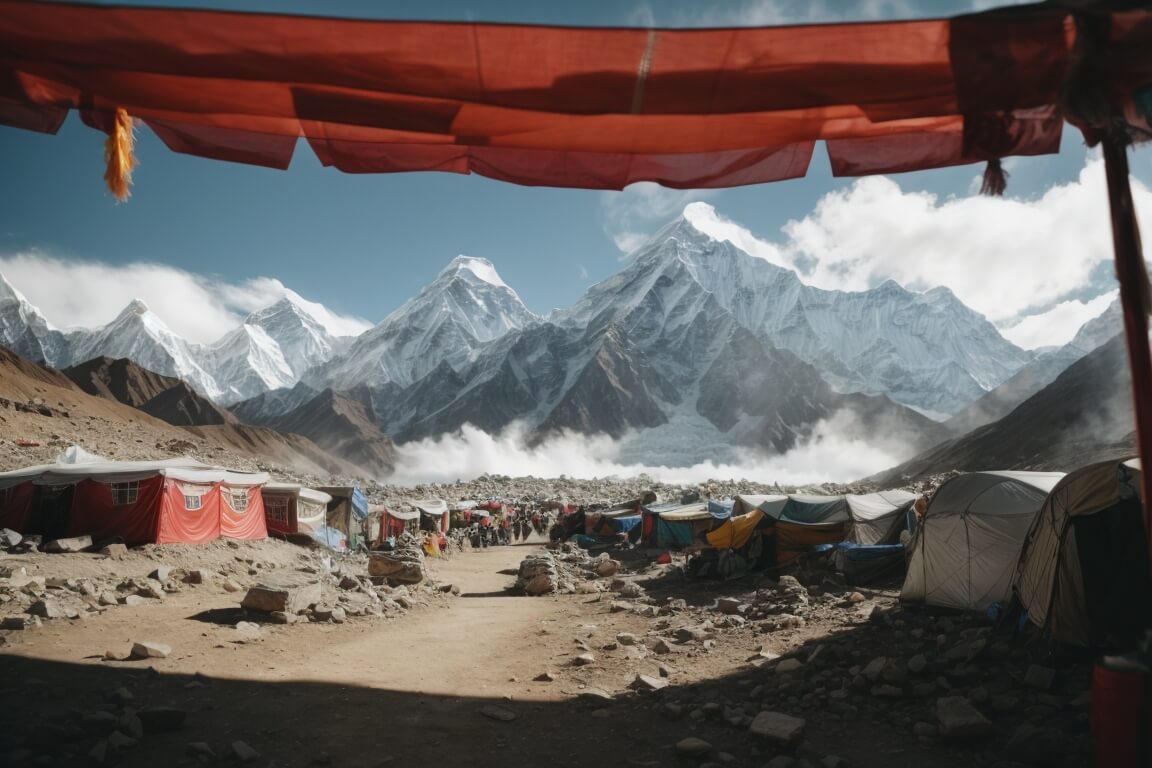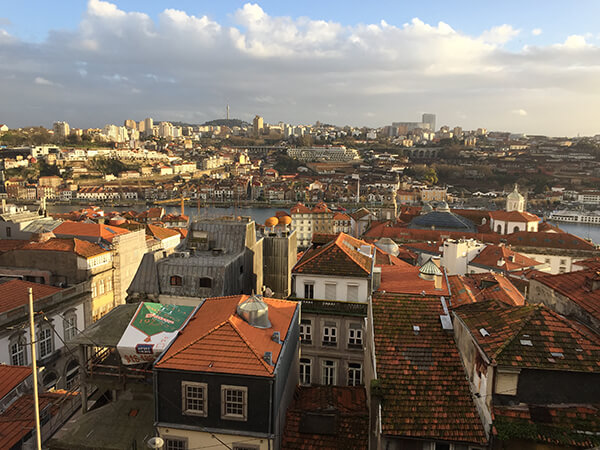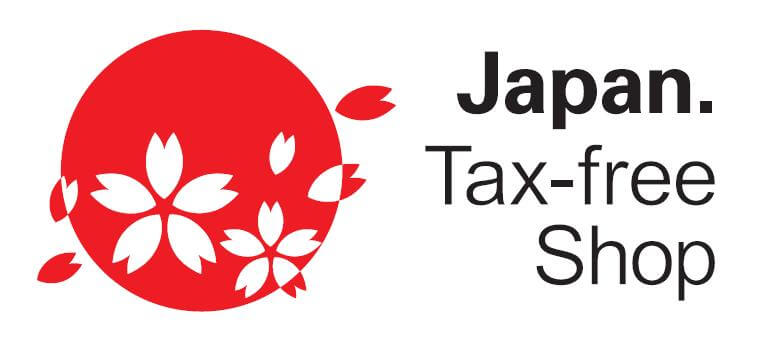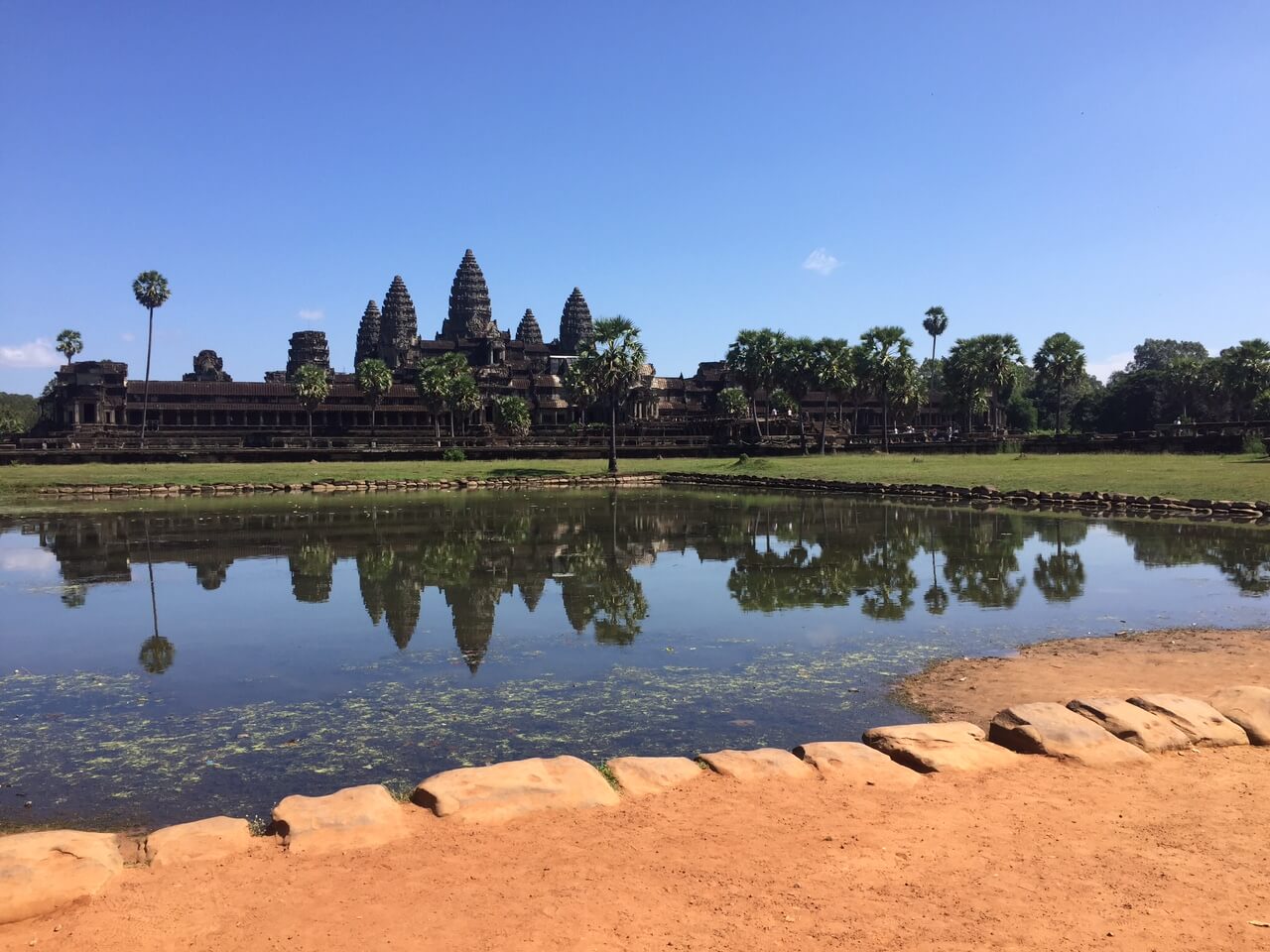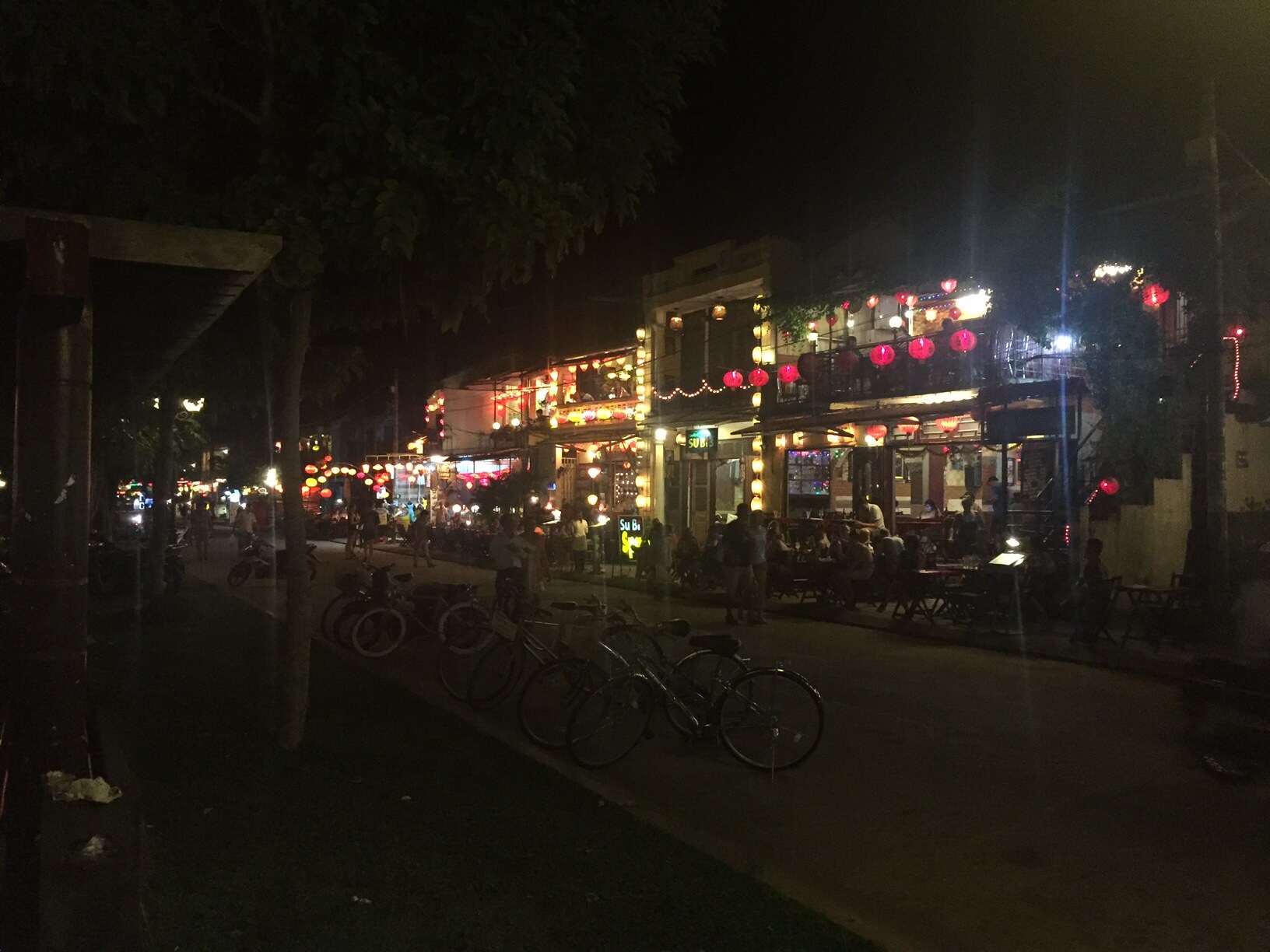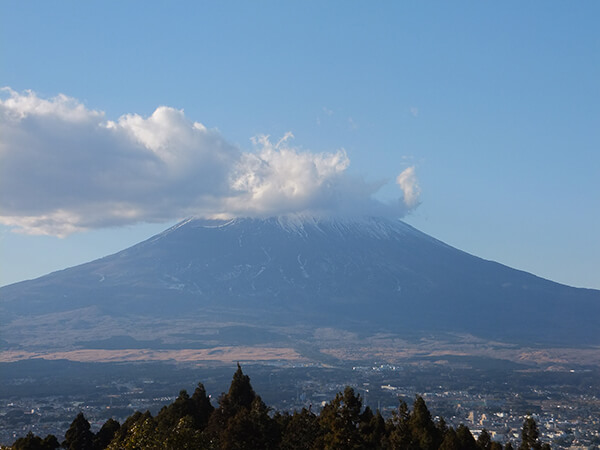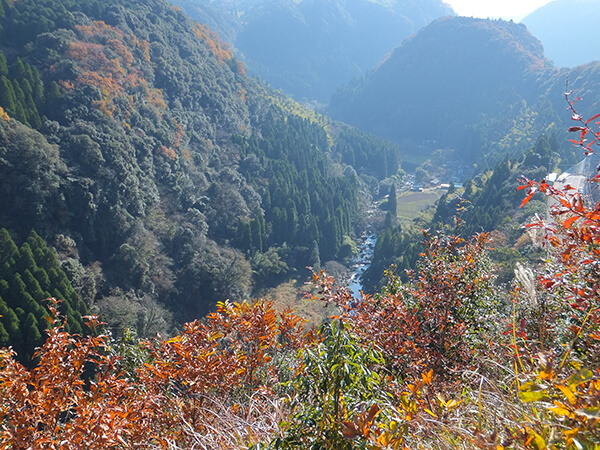TL;DR:
Japan is a VERY safe country that is highly efficient and organized (they have to be because of the dense population). Visitors will note right away that the streets are very clean and the people are very polite. Radiation levels and its dangers (from Fukushima) are exaggerated and the main tourist areas are far from ‘ground zero’.
Arriving:
There are two main airports around Tokyo – Haneda (HND) which is in Tokyo and Narita (NRT) which is larger, but slightly outside Tokyo. Haneda connects to the Tokyo subway system so it tends to be more affordable after you land. Narita offers various ways to get to Tokyo, including Narita Express (train) and T-Cat (bus) that go to dozens of places in and around Tokyo quite regularly (sometimes 10 minutes apart).
Places to go:
Other than the main Kyoto, Hiroshima, Osaka areas (which are highly recommended) there are other activities that are worthwhile to check out.
Around Tokyo – About 1.5 hours outside Tokyo you’ll find Hakone which is world-famous for its hotsprings (see hot spring etiquette below). For those of you looking to stay in the city, a bike tour operated by a local couple is a great way to see the city. It is a very casual and easy-going bike-tour through different parts of Tokyo (including the fish market) depending on the tour you take.
What is Japanese Hot Spring Etiquette?
The idea of the public hot springs is that users enter the bath portion clean. Meaning you shampoo, soap and rinse before entering the hot bath. For those worried about bacteria and germs, because most hot springs are quite hot (you’ll have to enter slowly to let your body adjust), not much can survive in there. Also, the water changes regularly (since it’s coming naturally from the mountain) so it’s fresh and clean.
Outside Tokyo – Japan has many tropical islands, including the islands of Okinawa. Here you will find white sand beaches and areas that are barely touched. Although slightly out of the way, if you’re already making the trip to Japan an extra 2-hour flight to what is arguably one of the most beautiful places in the world seems worth it (one or two nights is all you need). If sticking to the main island of Okinawa (Naha area), be sure to check out Manza beach hotel.
Food:
Japan is known for its culinary expertise. Everything just seems to taste better in Japan. Must tries include ramen, okonomiyaki, and izakaya (Japanese bar) food. If you need to give in to fast-food, their versions of McDonald’s is called Mos Burger.
Don’t Tip!
Japan is a tip-less society. You are not required to tip anywhere for anything (some places will see it as an insult if you do). The price you see is the price you get. How wonderful!

